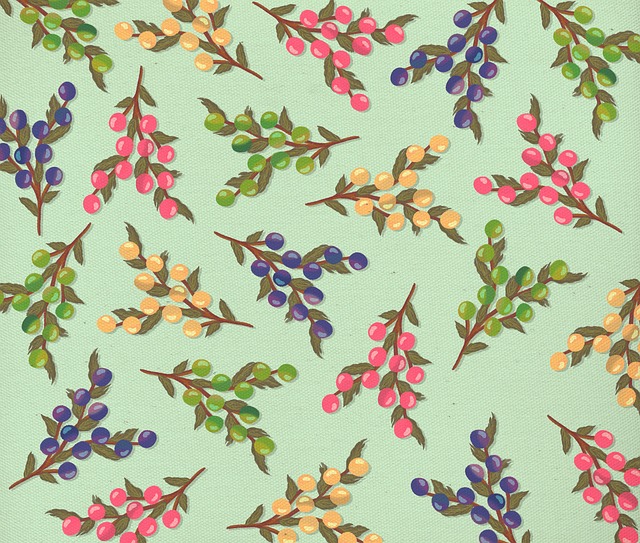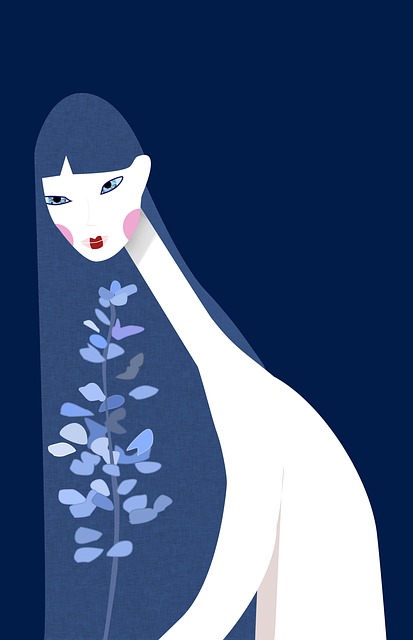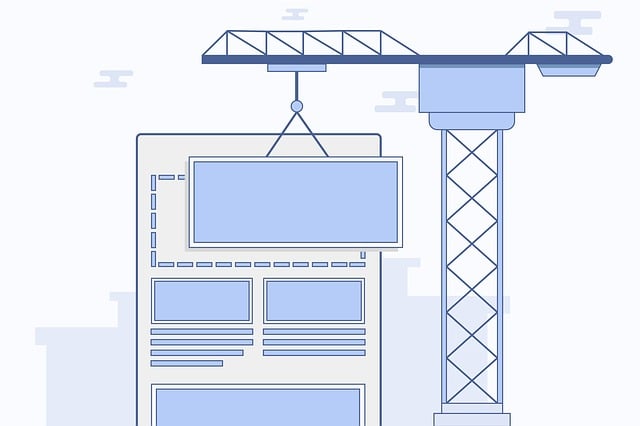Unleash Your Website’s Power: Creative UX/UI Design for Digital Success

Salterra offers cutting-edge creative UX/UI design for websites, integrating SEO from inception. The…….
In the digital age, where visual communication is paramount, creative graphic and web design have emerged as powerful tools for storytelling, brand identity, and user engagement. This comprehensive article delves into the multifaceted world of graphic and web design, exploring its creative potential, global impact, economic significance, and future prospects. By examining historical roots, current trends, technological innovations, and industry challenges, we aim to provide a holistic understanding of this dynamic field. Through case studies and expert insights, readers will gain valuable knowledge on how creative design shapes our visual landscape and digital interactions.
Definition: Creative graphic and web design encompass the art and process of designing visually appealing and functional graphics, layouts, and user interfaces for various media platforms, primarily print and digital. It involves a fusion of aesthetics, typography, color theory, imagery, and usability to convey messages, engage audiences, and enhance brand presence.
Core Components:
Visual Aesthetics: This includes the overall look and feel of a design, covering color palettes, typography choices, layout structures, and visual hierarchy.
Typography: The art and technique of arranging type to make written language legible, readable, and visually appealing. It plays a crucial role in conveying tone, emphasis, and brand identity.
Color Theory: Understanding color relationships, harmony, and psychology is essential for creating effective designs that evoke specific emotions or convey brand values.
Image and Graphic Elements: Incorporating illustrations, photography, icons, and other graphic assets adds visual interest and communicates ideas more engagingly.
User Experience (UX) Design: In web design, UX focuses on arranging content and features to optimize user satisfaction and ease of use. It involves wireframing, prototyping, and usability testing.
Historical Context: The roots of graphic design can be traced back to ancient civilizations like Egypt and China, where intricate hieroglyphics and woodblock printing were used for artistic expression and record-keeping. However, the modern era of graphic design gained momentum in the early 20th century with the advent of mass media. The mid-1900s saw the rise of influential design movements like Modernism and Minimalism, which emphasized simplicity and functionality. With the digital revolution, web design emerged as a distinct discipline, requiring new skills and approaches to accommodate online platforms.
Significance: Creative graphic and web design play a pivotal role in:
Creative graphic and web design is a truly global industry, with its influence permeating every corner of the world. Here’s an overview:
| Region | Impact and Trends |
|---|---|
| North America | The US and Canadian markets are mature but dynamic, with a strong emphasis on innovative web design, UX optimization, and data-driven design approaches. |
| Europe | European designers lead in sustainability and eco-friendly design practices. Countries like the UK and Germany drive digital transformation through cutting-edge web technologies. |
| Asia Pacific | China and Japan are significant hubs for animation and character design, while Australia stands out for its diverse cultural influences in graphic arts. |
| Latin America | Brazil and Mexico are known for vibrant, playful graphics and a unique blend of traditional and contemporary design aesthetics. |
| Middle East & Africa | The region is witnessing growth in brand identity design, with countries like the UAE investing heavily in creative industries. |
Trends Shaping Global Design:
Responsive Web Design: Adapting websites to various devices and screen sizes has become essential, ensuring optimal user experiences across platforms.
Minimalist Aesthetics: A global shift towards simplicity and minimalism is evident in both graphic design and web interfaces, making content more digestible.
Sustainable Design: Environmental consciousness is driving the adoption of eco-friendly practices, from paperless design to the use of sustainable materials in print media.
Interactive Experiences: Designers are incorporating interactive elements, animations, and microinteractions to create engaging digital narratives.
Personalization: Customized user experiences tailored to individual preferences are gaining popularity, especially in e-commerce and marketing campaigns.
The creative graphic and web design industry is a significant contributor to global economies, with various market dynamics at play:
Market Size: According to a 2022 report by Grand View Research, the global graphic design services market size was valued at USD 187.4 billion in 2021 and is projected to grow at a CAGR of 9.5% from 2022 to 2030.
Investment Patterns: Governments and private investors are increasingly recognizing the creative industries’ economic potential, leading to increased funding for design initiatives and startups.
Employment Opportunities: The industry offers diverse career paths, including graphic designers, web developers, UX/UI specialists, art directors, and more, contributing to employment growth.
Revenue Streams: Design services range from freelance work to in-house roles, with top talent commanding premium rates. Print media, advertising, and digital platforms are primary revenue sources.
Technology has been a catalyst for innovation in creative graphic and web design, opening up new possibilities:
Digital Illustration Tools: Software like Adobe Illustrator, Procreate, and Corel Painter have revolutionized vector illustration, enabling designers to create intricate artwork with precision.
3D Modeling and Animation: Tools such as Blender, Autodesk Maya, and Cinema 4D allow designers to explore 3D design, animation, and visual effects, expanding creative horizons.
Web Development Frameworks: React, Angular, and Vue.js have simplified web development, enabling designers to collaborate more effectively with developers.
Artificial Intelligence (AI): AI is transforming design processes, offering tools for automatic layout generation, image editing, and personalized content creation.
Virtual Reality (VR) and Augmented Reality (AR): These technologies are creating immersive experiences, from VR advertising campaigns to AR product visualizations.
Apple’s design philosophy, embodied in its Human Interface Guidelines, is a testament to the power of consistent, intuitive design. The guidelines focus on simplicity, accessibility, and user-centered design, resulting in iconic products like iPhone, iPad, and macOS.
Google introduced Material Design as a way to create visually appealing, functional, and intuitive interfaces. This design language has influenced countless apps and websites, promoting a sense of depth and materiality through shadows and motion.
Coca-Cola’s iconic logo and packaging design have stood the test of time. The cursive “Coca-Cola” font and vibrant red color instantly evoke brand recognition worldwide, showcasing powerful graphic design in brand identity.
Creative graphic and web design is a dynamic, globally influential industry that continues to evolve with technological advancements. Designers play a pivotal role in shaping brands, communicating ideas, and enhancing user experiences across various platforms. As technology progresses, the creative landscape will only become more diverse and innovative, offering exciting opportunities for designers worldwide.

Salterra offers cutting-edge creative UX/UI design for websites, integrating SEO from inception. The…….

Salterra offers creative site development, blending aesthetics and SEO to create high-performing web…….

Salterra provides affordable, visually appealing, and SEO-optimized creative responsive web designs……..

Salterra provides modern creative web design services that blend stunning visuals with intuitive nav…….

Salterra offers artistic web design combining visual allure and user functionality. We optimize meta…….

Salterra offers creative web design solutions, focusing on strategic planning for user experience, S…….